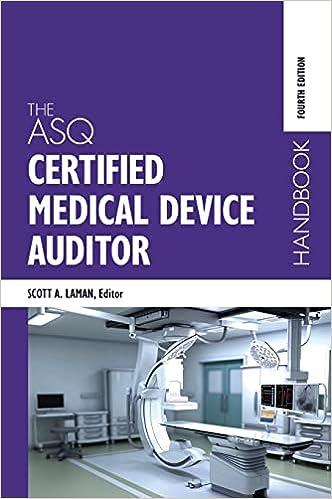Please answer a)

Part 2: (50 points) In this question, we add uncertainty into the example economy from Part 2 of Assignment One. There is a single household with preferences over consumption of papayas and leisure given by the following utility function: U(C,l)=20C2/3+4l2/3 The household has h=100 hours available. There is a single farm with the following technology: Y=zND where z is productivity and z can take on two values: zL=0.3 and zH=0.5. At the beginning of each quarter, the household and the firm receive a COVID-19 incidence report for the quarter indicating whether the incidence of COVID-19 that quarter will be high or low. If the report indicates high COVID-19 incidence, the household and the firm take this as a bad signal, s=b, and if the report indicates low COVID-19 incidence, the household and the firm take this as a good signal, s=g. Each quarter, the household and the firm choose labour supply and labour demand after receiving the COVID-19 incidence report but before observing productivity. They cannot change labour input after observing productivity but the wage can adjust after productivity is observed. The household and the firm know that the probability of a particular productivity level occurring in a quarter depends on COVID-19 incidence in that quarter as follows: Pr(zH,b)=0.2Pr(zH,g)=0.9 (Papaya farmers who do not get COVID-19 are likely to be more productive.) A) (10 points) For each COVID-19 incidence report, calculate the expected real wage (e), expected output of papayas (Ye), and actual labour input (N). B) (10 points) For each COVID-19 incidence report and each realisation of actual productivity, calculate the equilibrium real wage (), equilibrium output of papayas (Y), and equilibrium consumption of papayas (C). C) (15 points) For the case when the COVID-19 report indicates high COVID-19 incidence and z=0.5, depict expected and actual output, actual leisure and labour hours, and expected and actual utility levels (illustrated using indifference curves) using a PPF diagram. Part 2: (50 points) In this question, we add uncertainty into the example economy from Part 2 of Assignment One. There is a single household with preferences over consumption of papayas and leisure given by the following utility function: U(C,l)=20C2/3+4l2/3 The household has h=100 hours available. There is a single farm with the following technology: Y=zND where z is productivity and z can take on two values: zL=0.3 and zH=0.5. At the beginning of each quarter, the household and the firm receive a COVID-19 incidence report for the quarter indicating whether the incidence of COVID-19 that quarter will be high or low. If the report indicates high COVID-19 incidence, the household and the firm take this as a bad signal, s=b, and if the report indicates low COVID-19 incidence, the household and the firm take this as a good signal, s=g. Each quarter, the household and the firm choose labour supply and labour demand after receiving the COVID-19 incidence report but before observing productivity. They cannot change labour input after observing productivity but the wage can adjust after productivity is observed. The household and the firm know that the probability of a particular productivity level occurring in a quarter depends on COVID-19 incidence in that quarter as follows: Pr(zH,b)=0.2Pr(zH,g)=0.9 (Papaya farmers who do not get COVID-19 are likely to be more productive.) A) (10 points) For each COVID-19 incidence report, calculate the expected real wage (e), expected output of papayas (Ye), and actual labour input (N). B) (10 points) For each COVID-19 incidence report and each realisation of actual productivity, calculate the equilibrium real wage (), equilibrium output of papayas (Y), and equilibrium consumption of papayas (C). C) (15 points) For the case when the COVID-19 report indicates high COVID-19 incidence and z=0.5, depict expected and actual output, actual leisure and labour hours, and expected and actual utility levels (illustrated using indifference curves) using a PPF diagram







